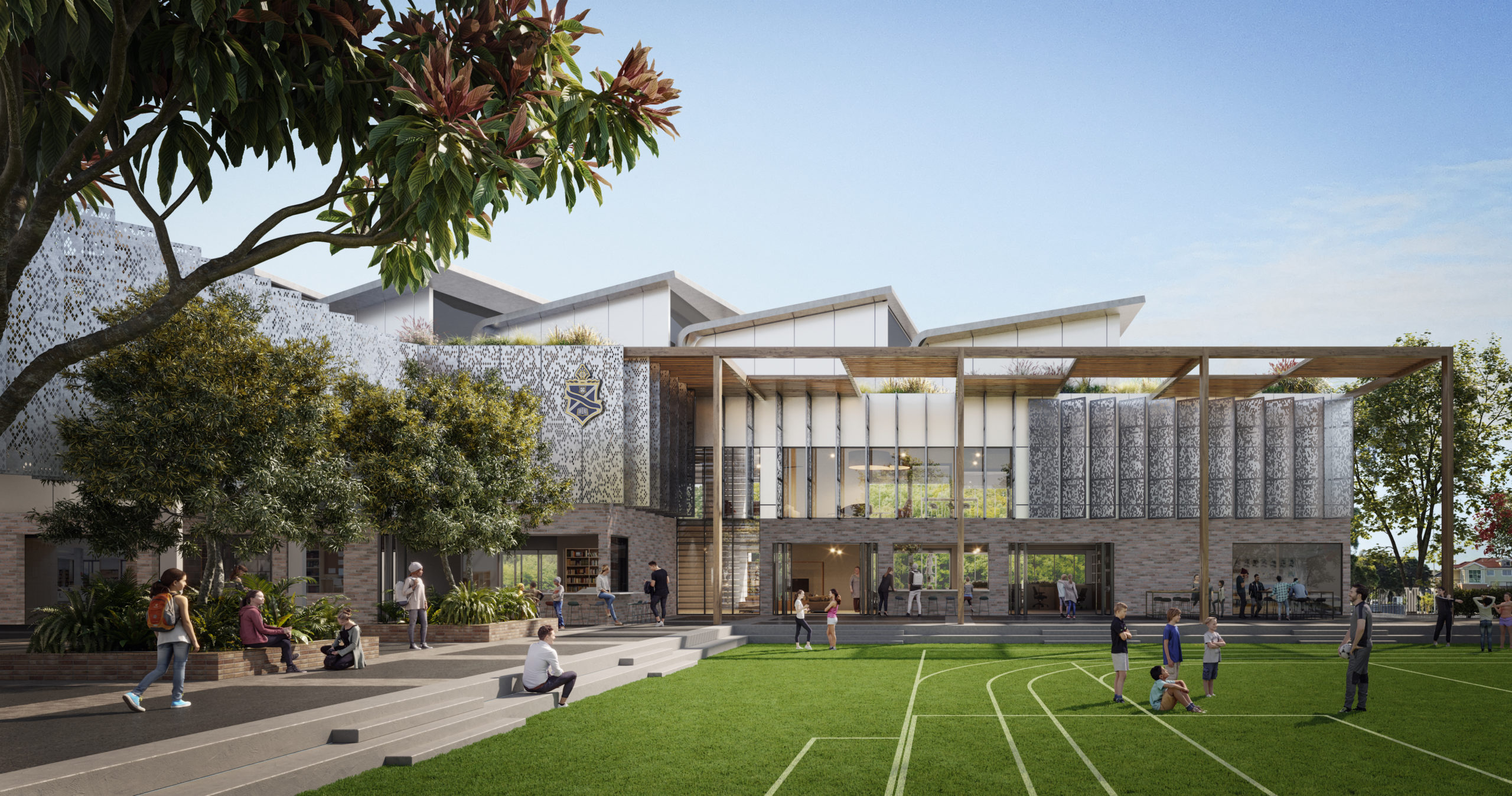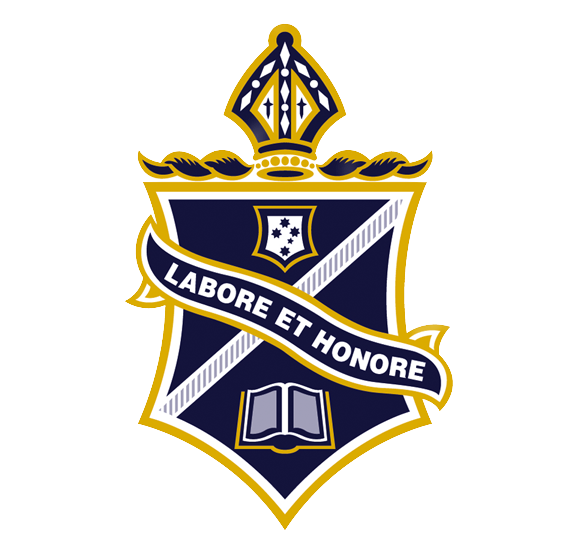Overview
Mentone Grammar is an independent ELC to year-12 school situated just a few blocks from one of Melbourne’s beautiful bayside beaches. It prides itself on outstanding co-education and employs a unique together-apart-together model that separates boys and girls from years 5-9, which it believes brings out the best in both co-ed and single-sex approaches.
In recent times, the school has gone through relatively large growth over a reasonably short period, accompanied by an ambitious building program that has gone on for over a decade. Alongside the school’s investment in new buildings sits its commitment to technology, and the aim is to have interactive touchscreens in every classroom.
For the school’s Head of Digital Learning and Innovation, Tom Christiansen, the starting point was to improve the way teachers and students connected to classroom displays. “We were using HDMI cables and the projectors’ own software to enable the connection,” he says. “As an approach, that’s okay in the short term but, in the long term, it means you are either committed to a certain type of device or end up with multiple applications.”
The search for a future-proofed solution to current problems began. The school tried a number of different products and applications. “While they were stable and somewhat effective, they just didn’t have the little extras that came with Vivi, like embedded timers and digital signage,” says Tom.
The Challenge
Using HDMI cables and proprietary software led to slow connections, drop-outs, and multiple platforms across the school. There was a real risk that any new displays the school invested in would be challenging to integrate.
The Outcome
Vivi has allowed Mentone Grammar to place one foot firmly into the future. With no need to worry about how to connect with the latest displays, the school can now focus on flipping learning and making the classroom a place for collaboration.
With the help of Vivi, Mentone Grammar has been able to:
- Unlock the power of collaboration. Connecting Vivi to a touchscreen panel has been a revolution. Students can now display their work, have it critiqued by the teacher and the class, and save the mark-ups automatically on their desktops.
- Use flipped learning to make classes more collaborative spaces. Thanks to Vivi, touchscreens, and audio equipment, teachers can now pre-record content and send it to students to view in advance—the lessons can now be used to embed learnings rather than introduce them for the first time.
- Invest with confidence. With a new building opening at the end of 2023, the school doesn’t need to worry about how to connect to brand-new displays. Everything will go through Vivi units, which they already know will work perfectly.
A future-proofed solution
From his time at a previous school, Tom already knew about the power of Vivi. Despite this, when he first saw a demo, he was pleasantly surprised at how much the product had evolved in such a short period.
He agreed to a trial in eight classrooms across different parts of the school to ensure it would work for all areas. From the beginning, it was clear Vivi would be a success—Tom could see the teachers using Vivi in their lessons. But he also had access to usage statistics, which showed a large number of classes were being shared through Vivi. It was all the proof he needed that the little blue boxes were the right solution.
As well as having reliable connections and being able to work with any display, Vivi was also able to run digital signage. It was a real bonus for the school. Around the middle of the year, they began to display dynamic and compelling messages on every screen, tailoring information to specific cohorts where necessary. “We have an LMS and Teams and getting messages to students can get complicated,” says Tom. “So we use digital signage to show the messages to students. The information they need is around them throughout their day.”
At the start of this term, the school implemented Vivi units across every classroom. And the team at Vivi was always close on hand, making suggestions on things like settings that saved the school a great deal of time and helped them avoid common pitfalls.
“We now have dynamic and flexible learning spaces that allow for staff and student collaboration and sharing,” says Tom. “We’re no longer just displaying information; we’re sharing it for a purpose.”
Beyond implementation
One of the great selling points of Vivi for Tom is that the units will work with any screen, which gives the school the freedom to invest in any make or model—safe in the knowledge that Vivi is the port through which the school will connect any device.
Already, Vivi is showing how it can team up seamlessly with an interactive touchscreen panel and revolutionize the way classes are run. When the two are combined, students can share their work to the panel and have the class and teacher edit what they’ve produced. Once those edits have been discussed, students can save everything in their OneNote.
As a Math and English teacher, Tom is acutely aware of the power this combination of technology brings to the classroom. “Rather than writing on a screen, I can physically write into the shared OneNote directly from the screen. Everyone has access to the information—even if they weren’t in the class for some reason.”
Tom can also video part of the lesson to share in advance, which will happen more and more in the school once the new spaces open up in the Bayview Precinct. It’s part of the plan to embrace flipped learning.
“In any room, teachers will be able to turn on a camera and microphone and use a Vivi-enabled screen to engage with content that can then be recorded and shared with the class prior to the lesson,” says Tom. “We can then use the class itself to discuss the output.”
The impact is that teachers can spend more time working with students individually rather than using most of the lesson to present information. It means they can check students have understood a concept and provide support if need be—and also extend those who seem to have mastered the subject matter.
“The other day, I saw a Humanities class looking at how to write a particular paragraph,” says Tom. “They were discussing each student’s work and making notes that they could save and take away. It was dynamic and engaging. Students were involved from start to finish.”


